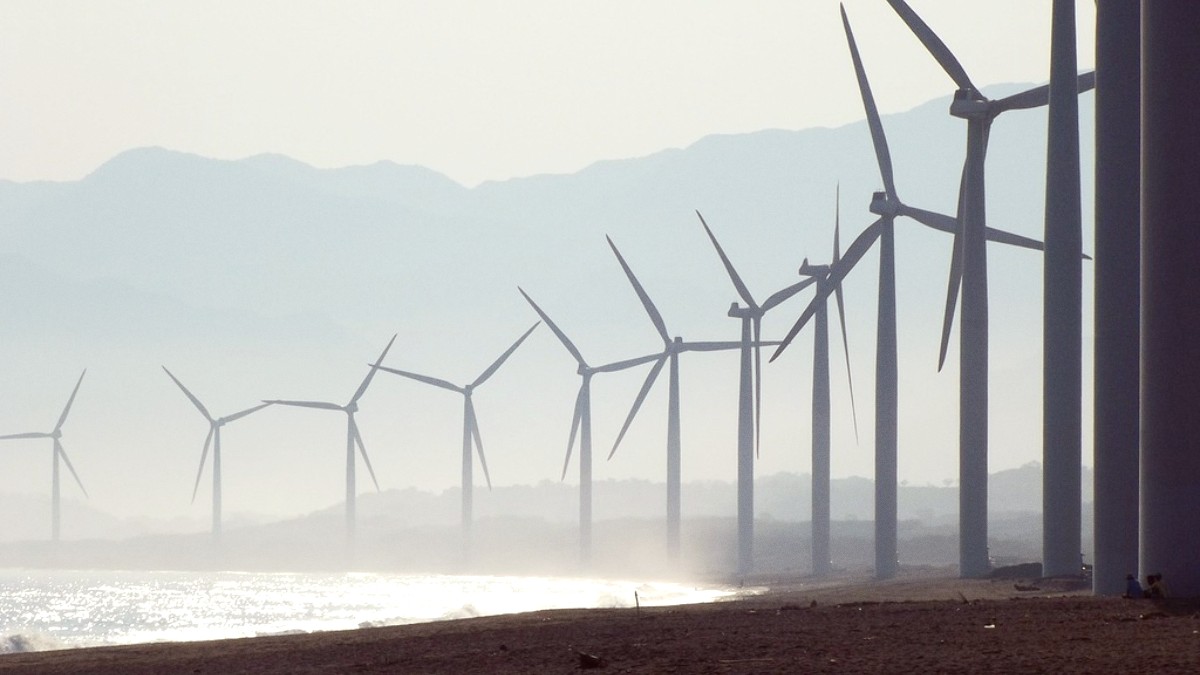
Bangui hosts a few prominent landmarks that provide insight into the nation's history and culture. However, accessibility and operational status warrant verification before any visit.
The country's most unique draws are its natural reserves rather than urban structures, though these offer a glimpse into the capital's past.
Cultural opportunities outside of formal institutions are often informal and community-based, requiring local contacts for access.
Located outside Bangui, the former imperial palace is largely in ruins. It holds historical, albeit controversial, importance from the Bokassa era.
Access to Berengo is currently highly restricted and considered extremely dangerous due to its remote location and prevailing insecurity.
Visitation is not feasible for tourists. Travel to this region is strongly advised against.
The Central African Republic boasts spectacular natural beauty, specifically its rainforests and savanna ecosystems. Dzanga-Sangha Special Reserve serves as the main natural draw.
This reserve, located in the remote southwest, is the most accessible natural attraction for international tourists. It constitutes part of the larger UNESCO Sangha Trinational World Heritage site.
A large forest clearing where hundreds of forest elephants gather daily for mineral-rich water. This offers unparalleled viewing from a raised platform.
The reserve provides a habitat for several habituated groups of Western Lowland Gorillas, allowing for specialized gorilla trekking experiences.
Bongo (a large forest antelope), forest buffalo, giant forest hogs, and a diverse array of bird species are also present.
Access to Dzanga-Sangha calls for highly specialized and expensive tours, typically originating from Cameroon or via charter flights to the nearby airstrip. Security arrangements are integrated into tour packages. Find activities here.
Parks and gardens in Bangui are generally informal. Scenic viewpoints and recreational activities on the Ubangi River are limited due to safety. Other wildlife areas are impacted by poaching and insecurity.
The challenging security environment means many potential "hidden gems" are currently inaccessible or entail significant risk for tourism.
Located approximately 100 km northwest of Bangui, these waterfalls were once a popular day-trip spot. Access is currently problematic and dangerous due to security considerations in the surrounding area. Verify current conditions before attempting a visit.
This UNESCO World Heritage site in the northern part of the country, once famous for its large mammal populations, has been severely affected by extensive poaching and extreme insecurity. The park is currently considered highly unsafe and inaccessible for tourism. Any travel to this region is strongly advised against.
While the Central African Republic possesses incredible natural beauty, the focus of tourism efforts concentrates on safe, managed experiences, mainly within the Dzanga-Sangha Special Reserve.
The Central African Republic possesses spectacular natural beauty, specifically its rainforests and savanna ecosystems. Dzanga-Sangha Special Reserve is the main natural draw.
This UNESCO World Heritage site presents unparalleled opportunities for wildlife viewing, notably with forest elephants and Western Lowland Gorillas.
This protected area, part of the Sangha Trinational World Heritage site, is a jewel of biodiversity.
Due to the security situation, many potential "hidden gems" are currently inaccessible or entail significant risk for tourism.
For any attraction, notably outside Bangui, ongoing vigilance and updated information are imperative.
The challenging security environment means that many potential "hidden gems" are currently inaccessible or entail too much risk for tourism.
Located near Boali, approximately 100 km northwest of Bangui. These waterfalls were once a popular picnic and day-trip spot. However, access is currently problematic and dangerous due to security concerns in the surrounding area. Visitors should verify current conditions before attempting a visit.
This UNESCO World Heritage site in the northern part of the country was once famed for its large mammal populations. It has been severely impacted by extensive poaching and extreme insecurity. The park is currently considered highly unsafe and inaccessible for tourism. Any travel to this region is strongly advised against.
Many potentially interesting local sites and experiences exist throughout the country, but the prevailing security situation renders them unvisitable for foreign tourists. Local favorites are often small, community-based places lacking formal infrastructure or security.
When considering any attraction, especially outside Bangui, always consult the latest travel advisories from your embassy.
Rely on reliable local security contacts for the most current information regarding safety and accessibility.
Do not depend on outdated information. Conditions can change rapidly, specifically concerning remote or previously popular sites.
For visiting areas like Dzanga-Sangha, engaging with a specialized and reputable tour operator is highly recommended.
Find organized tours on GetYourGuideSupport ethical tourism practices that contribute to conservation and local communities, specifically in protected areas like Dzanga-Sangha.
Bangui hosts some famous landmarks that provide insight into the nation's history and culture.
The Boganda Museum is the main cultural institution in Bangui.
Security conditions can change rapidly throughout the Central African Republic. Always consult the most current local advice from your hotel, tour operator, or embassy regarding the safety of specific areas before planning any visits.
Avoid neighborhoods known for political unrest, high crime rates, or areas with active armed group presence. Your trusted local contacts provide the best source for real-time information.
The country's history manifests in its architecture and specific locations, though many are currently inaccessible.
While formal archaeological sites are absent, glimpses into history are available.
Certain historical sites, while important, are currently unsafe for visitors.
While the Central African Republic has a long history of human habitation, formally developed archaeological sites open for tourism are not present.
These areas are not part of current tourist itineraries due to safety and logistical constraints.
Beyond the prominent Cathédrale Notre-Dame, various places of worship and traditional spiritual sites exist.
These locations offer insights into the spiritual life of the Central African people.
Throughout the capital, smaller monuments commemorate historical events and important figures.
These serve as reminders of the Central African Republic's complex journey.
Prioritize personal safety by staying informed about current security conditions in specific areas.
Always endeavor to travel with a trusted local guide, especially when visiting areas outside well-trafficked zones.
Show deep respect for local customs and traditions, specifically when visiting religious or culturally sensitive sites.